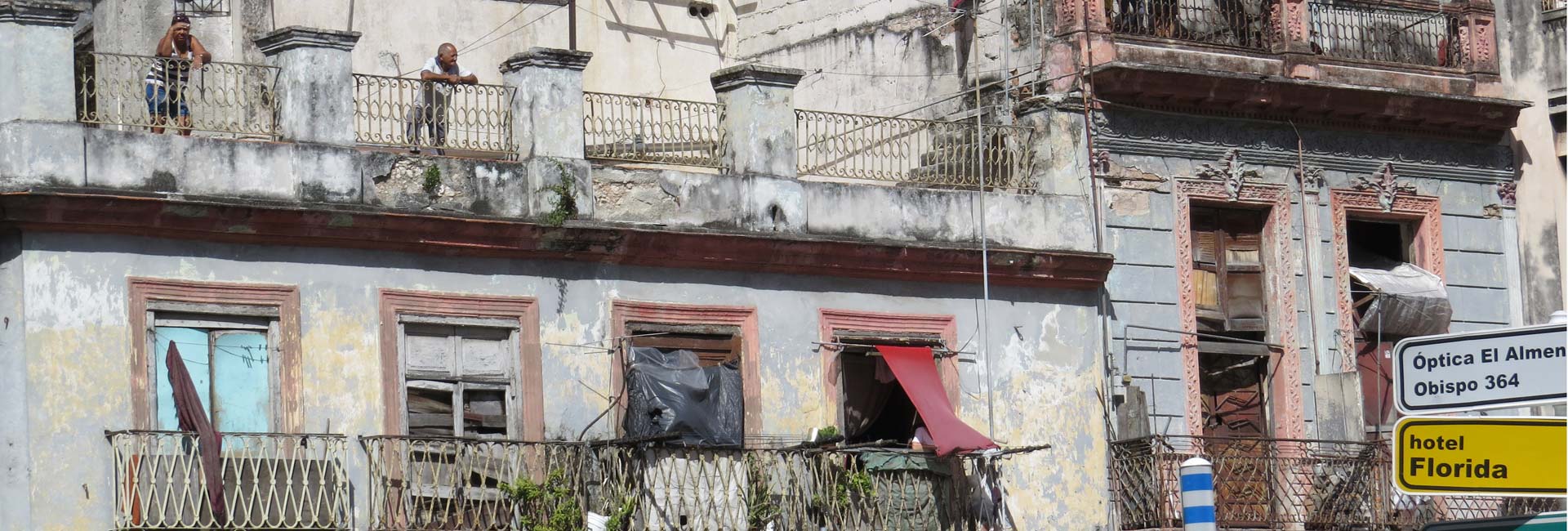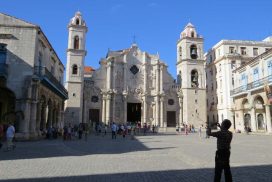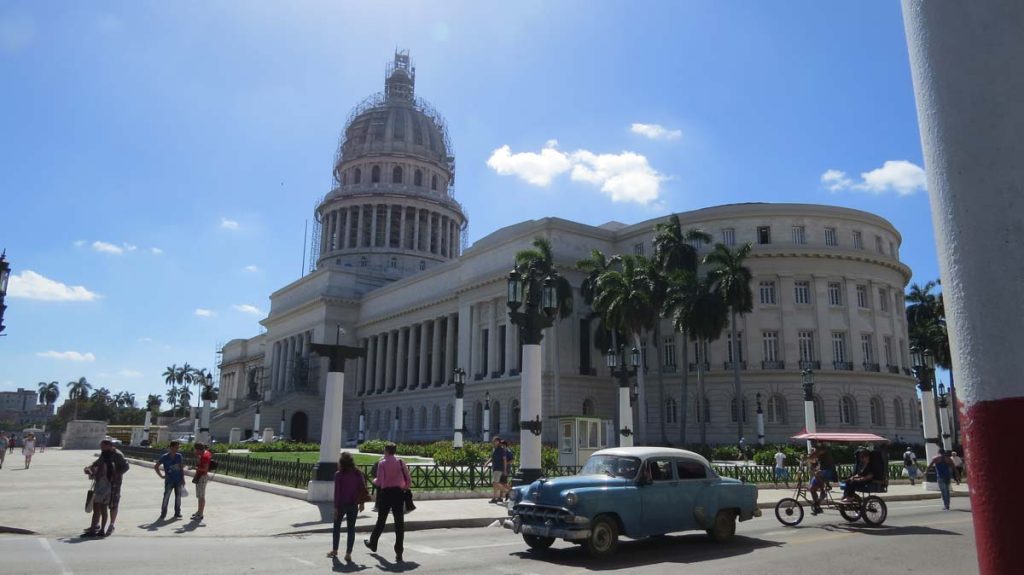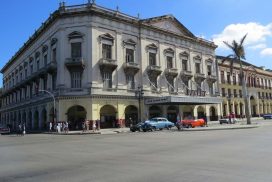

The first-generation Cuban-American, who has family members living on the island, has studied Central Havana’s housing problem and proposed strategies to help solve it.
The small tenement located just off a bustling street was originally designed to house a single family. But now, more than 40 people live in the decaying structure, occupying rooms so small that some of the residents sleep on the floor.
Overcrowded living conditions like these are the norm, not the exception, in Cuba’s Central Havana. There, a surging population has outpaced housing construction, forcing people to cram into inadequate quarters and, in some cases, build makeshift units on the rooftops of Soviet-era apartments.
“A certain degree of informal development has occurred inside all of Havana,” says Carie Penabad, a professor in the University of Miami’s School of Architecture and an authority on informal settlements. “But in Central Havana, it tends to be more heightened because it’s much denser and impoverished.”
About the Photo
Dilapidated and historic, Cuba's housing infrastructure is unique in the architecture world. Photo credit: Peter Howard
Join the Conversation:
Follow on
Twitter:
UM School of Architecture, @UM_SoA
University of
Miami, @univmiami
UM News, @univmiaminews
A first-generation Cuban-American, Penabad first visited Central Havana in 2013, going there as a visiting Yale professor of architecture to lead a design studio that analyzed and proposed ways to improve the area’s housing. “Our argument was that infill housing [new lodging units built on vacant, underused lots] should be built for the citizens and constructed in such a way that it preserved Central Havana’s historic city fabric,” says Penabad.
(Story continues after photo gallery)
During the one-week studio, she and the students studied not only Central Havana’s early architecture but also contemporary structures built prior to the Castro regime. “Despite the state of decay that exists, there’s a striking beauty about the city,” she says. “You can see its grandeur amidst the decay. As an architect, that was extraordinary to observe, and it helped me to understand the reputation Havana once held for nearly four centuries as one of the most important cities in the Caribbean.”
The visit was also an emotional one for Penabad, as she finally met and spent time with relatives who still live on the island. Those face-to-face encounters brought to life her mother’s stories of never-before-seen aunts, uncles and cousins living a mere 90 miles from the United States at its southernmost point but separated from Penabad by light years in their way of life.
“There are very few instances in your life when you can see what happens when paths diverge at a fork in the road, when one person goes one way and the other goes another way,” says Penabad. “Visiting Cuba gave me that chance. I met family members and could see the differences in how those who left and those who stayed fared, how one generation had fewer options in life and how another was afforded greater opportunity.”
Penabad’s father was a young, idealistic teenager in Cuba when Castro came to power, believing early on that the new government would be beneficial for the Cuban people. After he realized that wasn’t the case, he organized a group of young student activists who openly voiced their displeasure with Castro—actions that would force her father into hiding. He left Cuba in 1962, settling in New York, and it was there that he met his wife, who had left Cuba in 1960.
“They left behind their world and came to a new one, and they were always grateful and embraced America,” says Penabad. “At the same time they were proud of their heritage. They told me countless stories about life there, and I grew up speaking the language, eating the food, and learning about the culture and history. It was a very healthy balance between those two worlds.”
Penabad, who recently returned from her second trip to Cuba—this one to Santiago for a design studio on the preservation of historic churches—is pleased to see the School of Architecture’s dedicated pursuit of the study of Cuba in its studios and other initiatives.
“Ultimately Cuba is probably one of the most important architectural and urban design projects of the 21st century, both as far as the preservation and reconstruction of the entire island, and how we go about doing that will not be a short-term commitment but a sustained one,” says Penabad. “At UM we’re ideally positioned, not only geographically but also culturally, to be able to provide a bridge to Cuba and to do so in an open-minded way and in the spirit of collaboration, not as experts but as those who want to contribute to the future building of great cities. And Cuba has a collection of extraordinary cities, not just Havana. So there is work for generations to come, and we hope to play our part in that effort.”
- ROBERT C. JONES JR. / UM News



